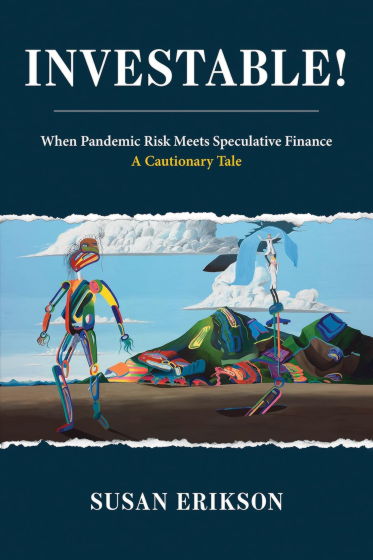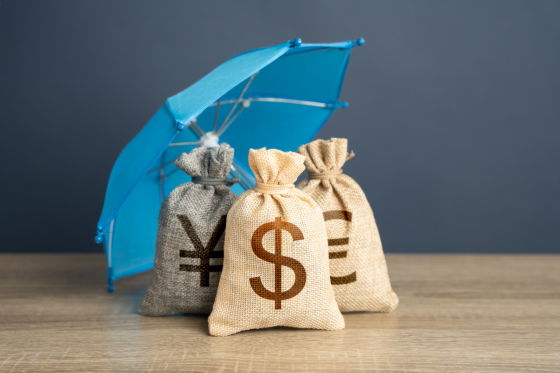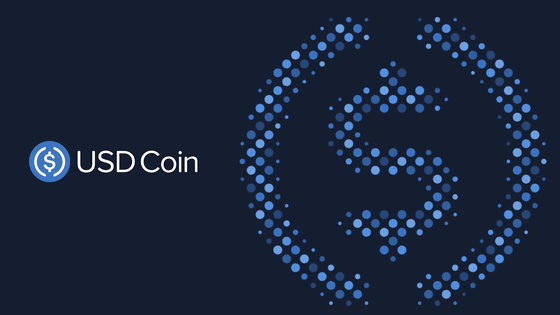What are 'pandemic bonds' that invest in the risk of a possible pandemic?

The Business of Betting on Catastrophe | The MIT Press Reader
https://thereader.mitpress.mit.edu/the-business-of-betting-on-catastrophe/
Pandemic bonds are a financial product of the World Bank that aims to raise a certain amount of funds from the market in advance, rather than rushing to raise funds in the event of a deadly pandemic. If no pandemic occurs during the period in which the investor deposits the funds, the investor can receive the principal as is, in addition to the promised interest. However, if a pandemic occurs during the period, the invested principal will be used for infectious disease countermeasures, and the investor will suffer a huge loss.
Ericsson, who studies health-related political economy and finance, was forced to focus on the connection with a financial product called insurance-linked securities while researching pandemic bonds announced by the World Bank in 2014. Insurance-linked securities are closely related to the ' reinsurance ' industry, which shoulders the risks of non-life insurance companies, but at the time Ericsson had little knowledge of the reinsurance industry and did not have any acquaintances in the industry.
So in 2017, Eriksson attended an international reinsurance company conference in Baden-Baden , Germany, where he contacted various experts to get ideas about insurance-linked securities and pandemic bonds. Eriksson has written about this process in his book, Investable!

Human society has used a system of 'insurance' to prepare for unforeseen circumstances since ancient times. A type of insurance existed in
After that, insurance companies were born that compensated for various damages in exchange for receiving insurance money. However, if an accident occurs with a large-value contract such as a huge tanker or oil refinery, there is a risk that a large amount of compensation will be required that will shake up the company, and in addition, if there is a large-scale abnormal weather or disaster that affects many people, the total amount of insurance payments may also be large. The mechanism for reducing these risks is called reinsurance.
In reinsurance, the direct insurance company that directly contracts with the insured pays a reinsurance premium to the reinsurance company, which assumes part or all of the liability of the insurance contract. By distributing risk in this way, insurance companies are able to operate stably.

In this context, '
Some insurance policies offered through insurance risk policies incorporate a mechanism known as 'parametric insurance.' This is a system in which compensation is paid using a pre-set 'triggers' regardless of the actual damage or loss experienced by the insured. For example, if the trigger is 'hurricane wind speeds reaching 175 miles per hour (280 km per hour, 78 meters per second) within two miles (about 3.2 km) of the Florida coast,' compensation will be paid once this condition is met, regardless of the damage suffered by the insured.
There are many triggers for parametric insurance, and an insurance risk securities consultant that Erickson spoke with told him that the trigger for crop insurance in Ethiopia is the 'greening of the soil.' Such a trigger-based payment system is useful for companies and individuals who want to receive funds immediately.
In the case of pandemic bonds, the trigger for payment was the number of deaths from an infectious disease or the speed of its spread . In fact, due to the COVID-19 pandemic in 2020, the principal was withdrawn to support developing countries . If the pandemic had not occurred, investors could have expected a yield of up to 40% at maturity in July 2020.

At first glance, insurance risk securities may seem risky, but because triggers such as natural disasters have a low correlation with financial markets such as the stock market and the economy, they are an effective investment for diversifying investment portfolios. The size of the entire global insurance industry is $5 trillion (approximately 720 trillion yen), of which $195 billion (approximately 28 trillion yen) is made up of insurance risk securities.
'Insurance risk securities offer investors a range of conditions for generating profits (and losses), providing attractive diversification benefits,' Erickson said. 'Investors make profits or losses by betting on specific disaster variables, such as when, where and how severe the disaster will occur. Long before the World Bank's pandemic bonds came along, insurance risk securities were laying the groundwork for making pandemic risk more investable.'
Related Posts:
in Note, Posted by log1h_ik







